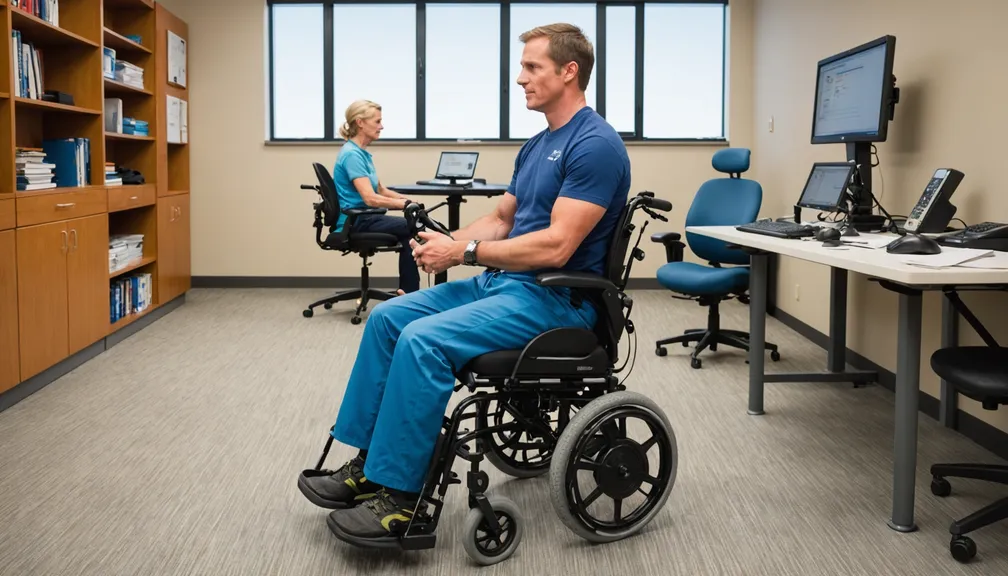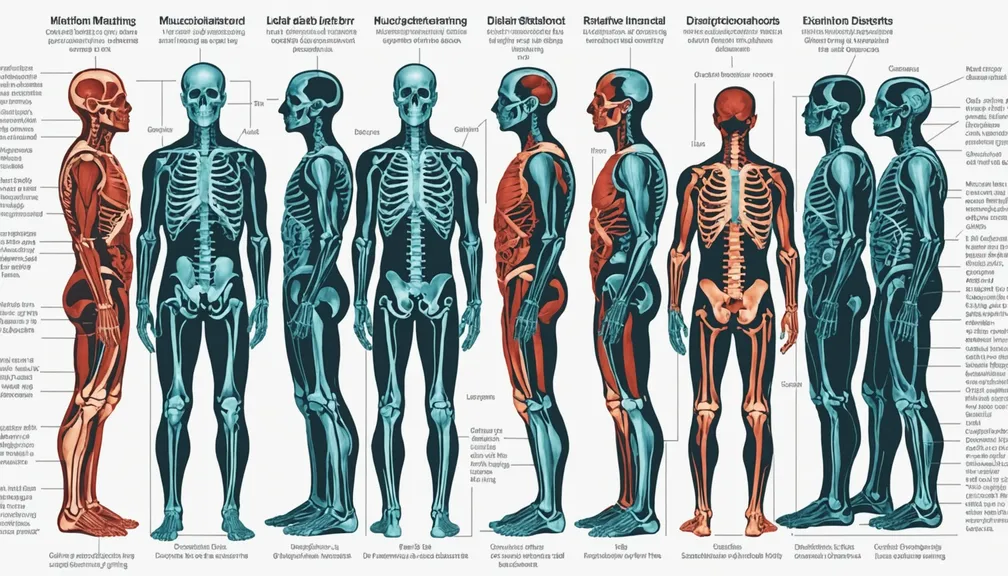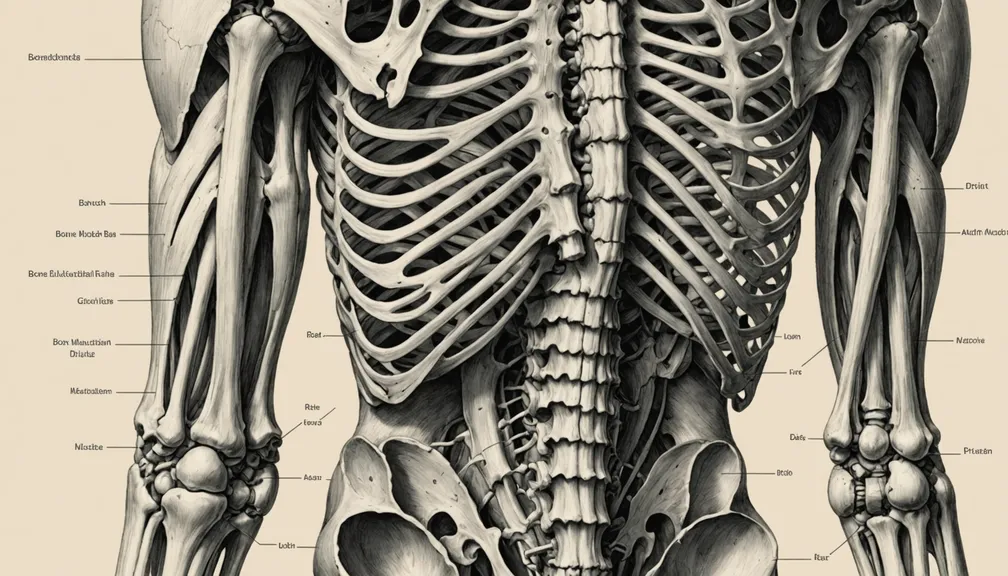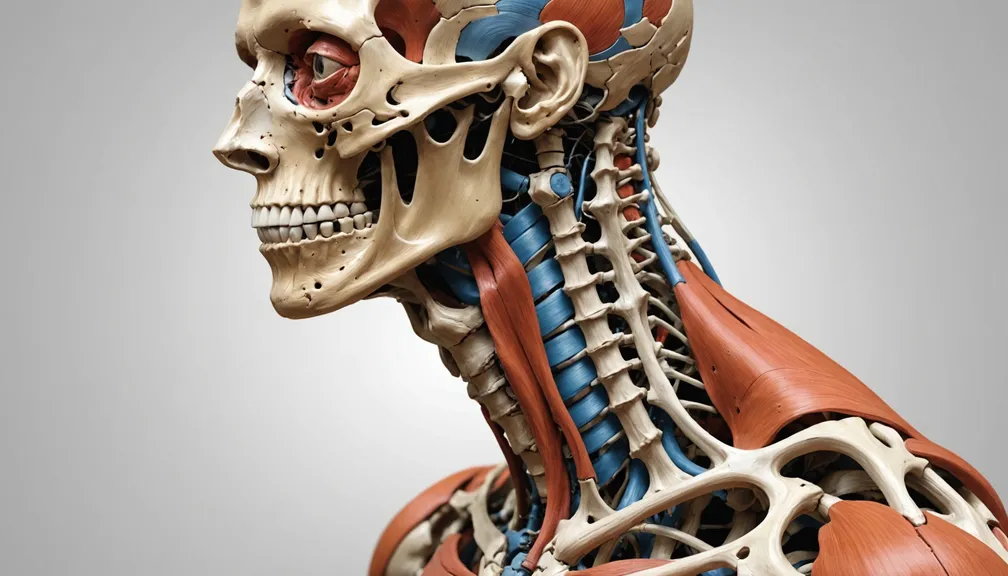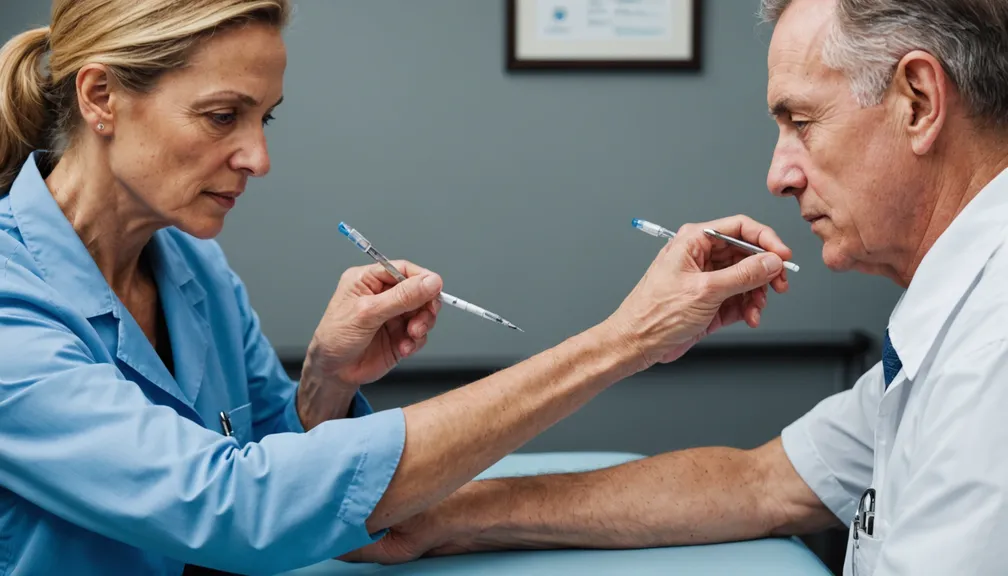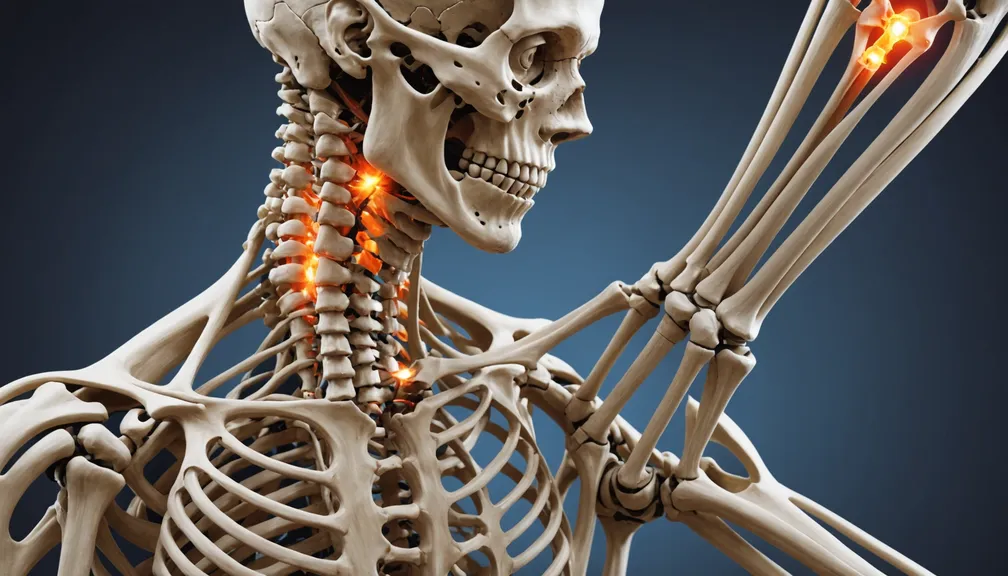Diagnostic Methods: Genetic Testing and Imaging
Understanding Genetic Testing
What is Genetic Testing?
Genetic testing examines your DNA to identify changes or mutations that may cause specific health conditions. In the context of rare musculoskeletal disorders, genetic testing helps determine if a person has a particular genetic mutation associated with diseases like osteogenesis imperfecta or Ehlers-Danlos syndrome.
How Genetic Testing Helps in Diagnosis
- Accurate Identification: Confirms the exact type of musculoskeletal disorder.
- Family Insights: Provides information about inheritance patterns, helping family members understand their own risks.
- Personalized Care: Aids healthcare providers in tailoring treatment plans based on genetic information.
Types of Genetic Tests Used
- Diagnostic Testing: Confirms or rules out a specific genetic condition when symptoms are present.
- Predictive and Pre-symptomatic Testing: Identifies genetic mutations before symptoms appear, useful for family members at risk.
- Carrier Testing: Determines if an individual carries a gene mutation that could be passed to offspring.
What to Expect During Genetic Testing
- Consultation: Meet with a genetic counselor or specialist to discuss the reasons for testing and possible outcomes.
- Sample Collection: Provides a blood sample, cheek swab, or other tissue samples.
- Analysis: The sample is analyzed in a laboratory to identify any genetic mutations.
- Results Discussion: A healthcare professional will explain the results and their implications for your health and family.
Importance of Genetic Testing
Early Diagnosis
Identifying a disorder early allows for timely intervention, which can improve management and quality of life.
Family Planning and Understanding Inheritance
Genetic testing provides valuable information for family members, helping them make informed decisions about family planning and understand their own health risks.
Personalized Treatment Plans
Understanding the specific genetic mutation can help healthcare providers choose the most effective treatments and therapies tailored to the individual's condition.
Understanding Imaging Techniques
What is Medical Imaging?
Medical imaging uses various technologies to create detailed pictures of the inside of the body, helping doctors diagnose and monitor musculoskeletal disorders.
Common Imaging Methods for Musculoskeletal Disorders
- X-rays
- Purpose: Detect bone fractures, joint dislocations, and abnormalities in bone structure.
-
Procedure: Quick and painless, using low-dose radiation.
-
Magnetic Resonance Imaging (MRI)
- Purpose: Provides detailed images of soft tissues, including muscles, ligaments, and cartilage.
-
Procedure: Non-invasive, no radiation, but may require lying still in a confined space for an extended period.
-
Computed Tomography (CT) Scans
- Purpose: Offers cross-sectional images of bones and organs, useful for complex fractures or assessing bone structure.
-
Procedure: Combines X-rays and computer technology to create detailed images, involving higher radiation exposure than standard X-rays.
-
Ultrasound
- Purpose: Examines soft tissues and blood flow, useful for detecting tendon injuries or inflammation.
- Procedure: Uses sound waves to produce images, safe and non-invasive.
How Imaging Helps in Diagnosis
- Visual Confirmation: Clearly shows the extent and location of bone, muscle, or connective tissue damage.
- Monitoring Progress: Tracks changes over time to assess the effectiveness of treatments.
- Guiding Treatment: Helps in planning surgical procedures or other interventions with precision.
The Diagnostic Process
Steps from Symptoms to Diagnosis
- Initial Consultation: Discuss symptoms and medical history with a healthcare provider.
- Physical Examination: Assess physical signs of musculoskeletal disorders.
- Genetic Testing: Conducted if a hereditary disorder is suspected.
- Imaging Studies: Performed to visualize internal structures and identify abnormalities.
- Comprehensive Evaluation: Combining genetic and imaging findings to reach an accurate diagnosis.
Combining Genetic Testing and Imaging Results
By integrating genetic information with imaging data, healthcare providers can: - Identify Specific Disorders: Differentiate between disorders with similar symptoms. - Determine Severity: Assess the impact of the disorder on bones, muscles, and connective tissues. - Develop Comprehensive Treatment Plans: Address both the genetic and physical aspects of the condition.
Preparing for Diagnostic Tests
How to Prepare for Genetic Testing
- Consultation: Schedule a meeting with a genetic counselor to discuss the testing process and implications.
- Family Information: Gather information about your family's medical history.
- Consent: Provide informed consent, understanding the potential outcomes and privacy considerations.
How to Prepare for Imaging Exams
- Follow Instructions: Some imaging tests may require fasting or avoiding certain medications.
- Clothing: Wear comfortable, loose-fitting clothing without metal fasteners that could interfere with imaging.
- Comfort Measures: Inform the technician if you have any anxiety or claustrophobia, especially for MRI scans.
Questions to Ask Your Healthcare Provider
- What are the benefits and risks of genetic testing and imaging?
- How will the results impact my treatment options?
- Are there any alternatives to the recommended diagnostic methods?
- What should I do to prepare for each type of test?
Types of Healthcare Professionals Involved
Genetic Counselors
- Provide information and support regarding genetic testing.
- Help interpret genetic test results and discuss their implications.
Orthopedic Specialists
- Focus on diagnosing and treating bone and muscle disorders.
- Perform physical examinations and recommend appropriate imaging studies.
Radiologists
- Expert in interpreting imaging results such as X-rays, MRIs, and CT scans.
- Collaborate with other specialists to provide comprehensive diagnostic information.
Physical Therapists
- Assist in managing symptoms and improving mobility through targeted exercises and therapies.
- Work closely with other healthcare providers to create individualized care plans.
Primary Care Physicians
- Coordinate overall care and refer patients to specialists as needed.
- Manage routine health needs and monitor the progression of musculoskeletal disorders.
Other Specialists as Needed
- Rheumatologists: For immune-related musculoskeletal conditions.
- Neurologists: If nerve involvement is suspected.
- Pain Management Specialists: To help control chronic pain associated with the disorder.
After Diagnosis
Understanding Your Diagnosis
- Detailed Explanation: Ensure you understand the specific disorder, its causes, and how it affects your body.
- Implications: Discuss how the diagnosis impacts your daily life and long-term health.
Next Steps: Treatment and Care Options
- Develop a Treatment Plan: Collaborate with your healthcare team to create a comprehensive plan addressing your specific needs.
- Ongoing Monitoring: Regular follow-ups to assess treatment effectiveness and make necessary adjustments.
- Support Services: Access to physical therapy, counseling, and support groups to help manage the condition and improve quality of life.
By understanding the diagnostic methods of genetic testing and imaging, patients and their loved ones can navigate the journey of managing rare musculoskeletal disorders with greater confidence and clarity.
